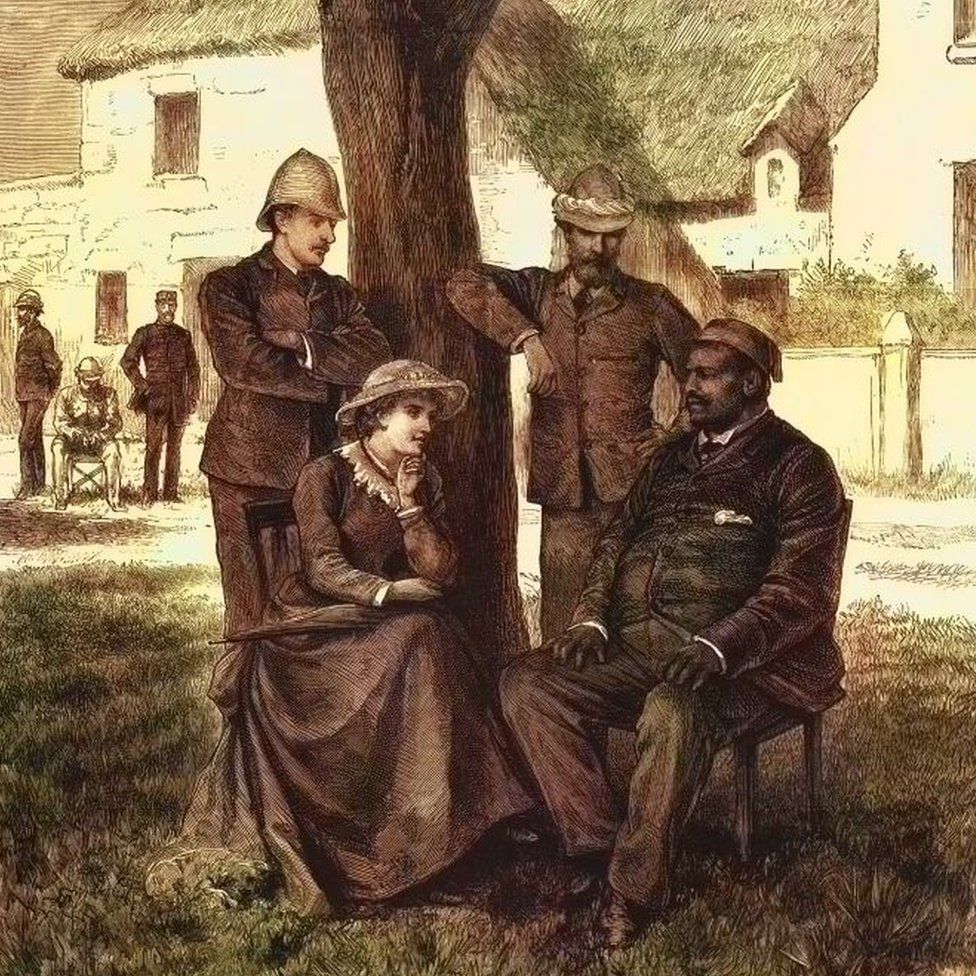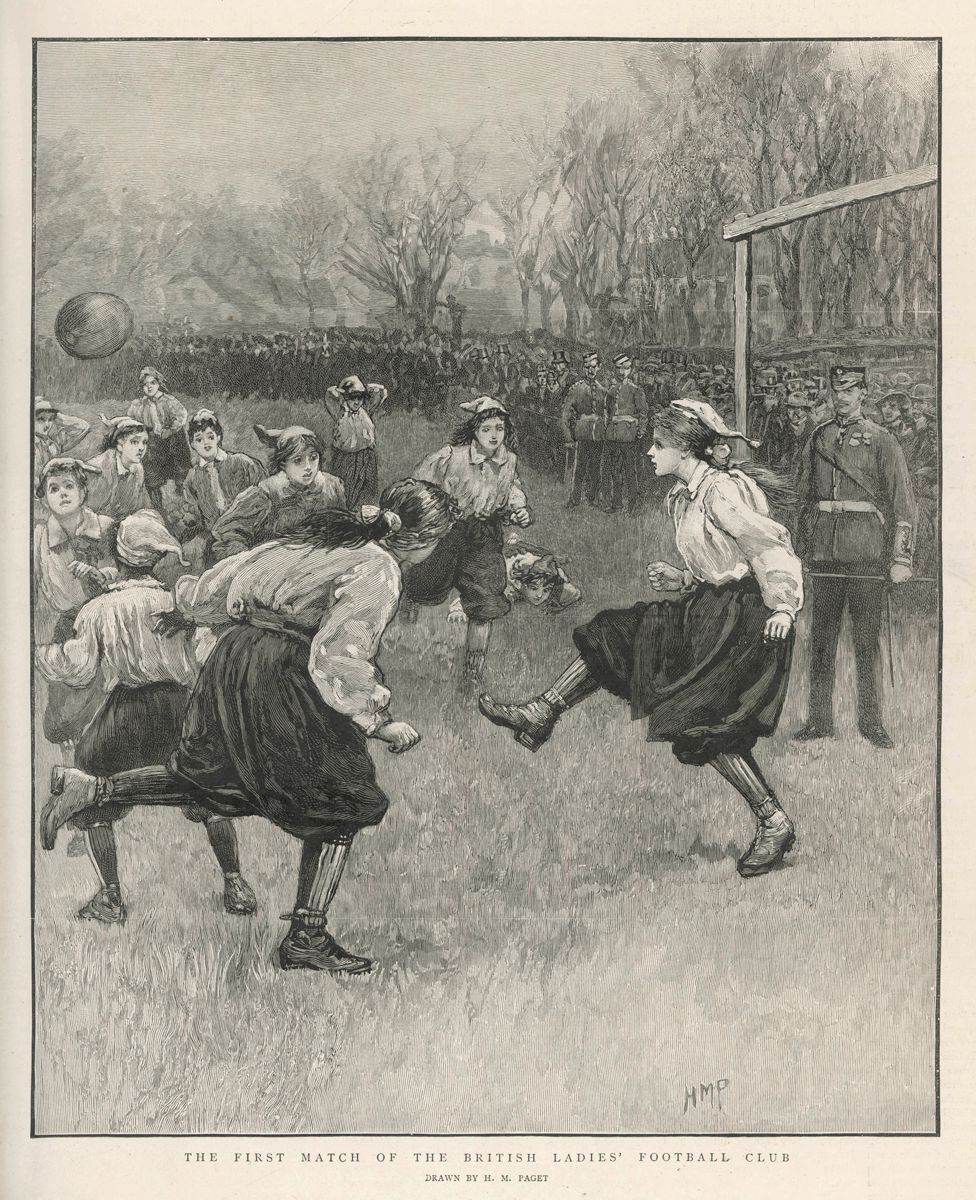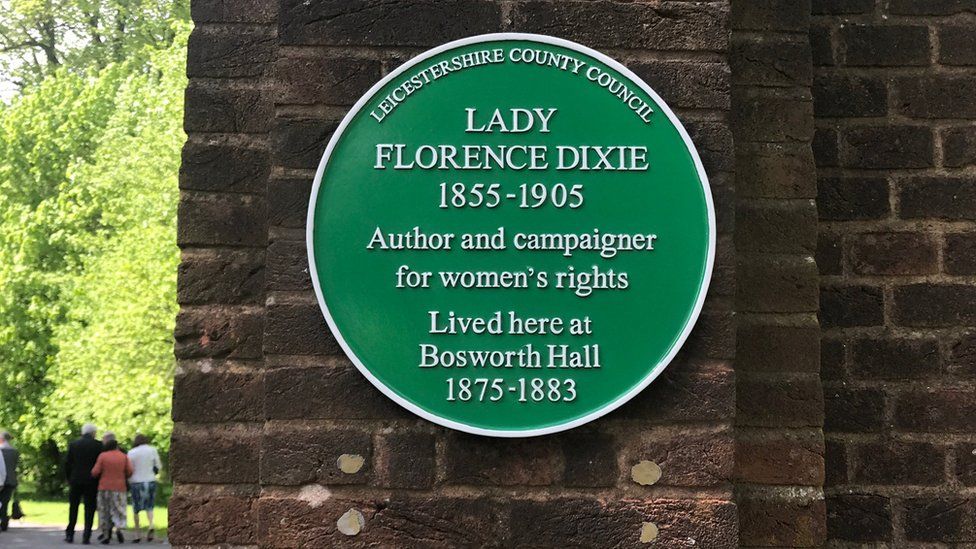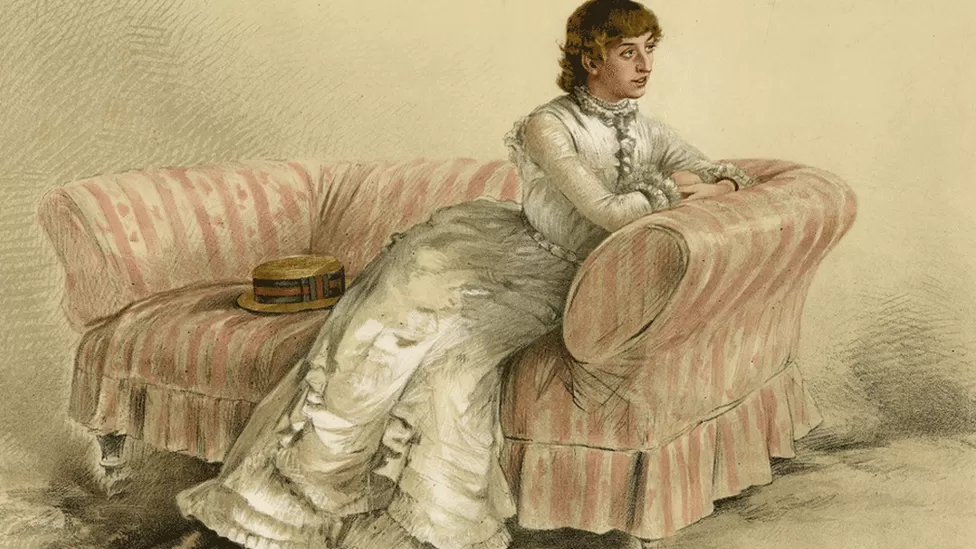As the Women’s World Cup is held in Australia and New Zealand, many may be unaware of the debt the sport owes to an aristocrat from southern Scotland.
Lady Florence Dixie was born in 1855 at Kinmount near Cummertrees in Dumfriesshire.
One of twins, she was the youngest of six children of the eighth marquess of Queensberry.
She would go on to become the first president of the British Ladies Football Club (BLFC) in 1895.
Born Florence Douglas, her family’s story was a tragic and controversial one.
Her father died in an accident while cleaning a gun, one of her brother’s was killed on the first ascent of the Matterhorn and another was involved in the notorious Oscar Wilde libel case.
Growing up, she travelled widely and quickly developed interests in writing, travel and sport.

She married Sir Alexander Beaumont Churchill Dixie – nicknamed Beau – in 1875 and they had two sons.
Soon after their births, Lady Dixie set off on a trip to South America which would form the basis of her book, Across Patagonia, in 1880 which established her reputation as a writer.
She was appointed as the Morning Post’s war correspondent in South Africa and later became a prominent campaigner for sex equality.
This led to her pioneering role in sport as the first president of the BLFC.
It came at a time when some medical professionals were calling for women and girls to be banned from playing.
Those views got short shrift from Lady Dixie.

“There is no reason why football should not be played by women, and played well too, provided they dress rationally and relegate to limbo the straitjacket attire in which fashion delights to clothe them,” she argued.
“In association football, a player must be light and swift of foot, agile, wiry, and in good condition.
“Are not these physical requisites just the very characteristics of good health most to be desired for women?”
She said she had accepted the presidency “with pleasure” when asked to take it.
“If the British public will only give encouragement to the idea, which is now being put into practice, of football for women it would soon take a firm hold and become an approved custom,” she wrote.
“Let women, therefore, go in for this most excellent game and earn for themselves that improved physique which will not only improve their appearance but their health as well.”

In his book, The Lady Footballers, James Lee said that she would have been an attention-grabbing appointment as a figurehead for the sport.
Her notoriety and writing skills combined to provide it with greater exposure than it might otherwise have had.
“Tearing down the barriers that restricted women was the core of her philosophy and motivation,” he wrote.
“The presidency of the BLFC offered her another battlefield on which to fight that war.”
Alongside team captain Mary Hutson, who played under the pseudonym Nettie Honeyball, they tried to change attitudes towards the women’s game.
In March 1895, the team’s first match took place at Crouch End in London in front of a crowd of 10,000 people and further games were arranged in Scotland.

Although Lady Dixie’s association with the BLFC came to an end within a couple of years, her promotion work raised awareness of the sport in Victorian Britain and paved the way for future developments.
She died, aged just 50, in November 1905, and was buried in the family grave at Kinmount.
A plaque was installed many years later in her honour at Bosworth Hall Hotel in Leicestershire – where she lived for eight years – to recognise her importance in the fight for women’s rights.
She may not have lived to see it, but she helped to start a journey for the game to become the global phenomenon it is now.









